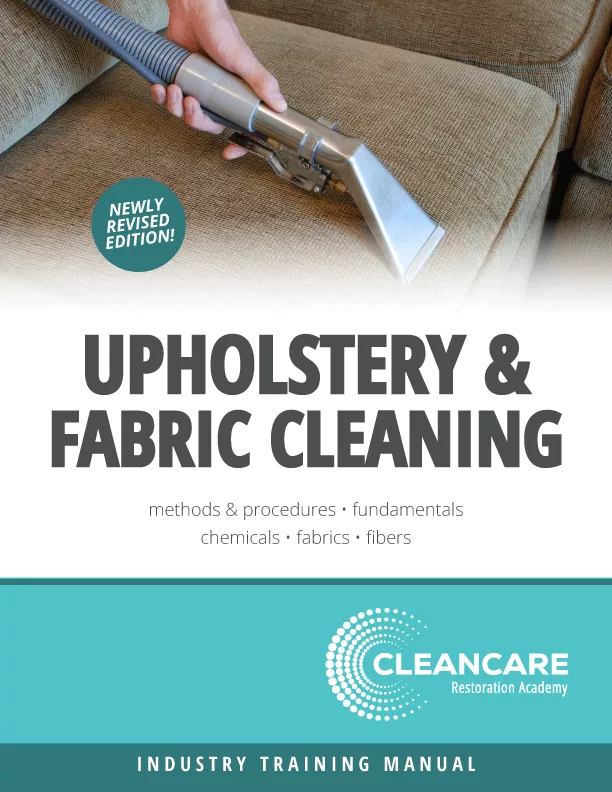Dry Ice Blast Cleaning Systems Help Restore Minnesota Landmark
CINCINNATI – May 14, 2008 – Cold Jet, LLC and Veit & Company, a Minnesota-based specialty contractor and waste management company, recently partnered to help restore Split Rock Lighthouse, one of Minnesota’s best known landmarks. Veit used several of Cold Jet’s dry ice blast cleaning systems to remove cracked and peeling paint from inside and outside the Split Rock’s lantern room, as well as clean the case iron deck and remove old Titanium putty used to fill pits in the lighthouse’s cast iron roof. The project was managed by the Collaborative Design Group (CDG) under the direction of the Minnesota Historical Society.
Dry ice blast cleaning removed the paint and putty from the interior and exterior of the lighthouse by accelerating recycled CO2 in the form of solid dry ice particles through a hose and high-velocity nozzle to create mini explosions on the surface. The combination of the kinetic and thermal shock effects of dry ice blasting breaks the bond between the surface and the residue, which is blasted away and easily removed. The dry ice particles vaporize upon impact, leaving no other cleaning by-product.
“Prior to cleaning the lighthouse, the Collaborative Design Group was very thorough in reviewing possible cleaning applications for the project,” said Dan Gotz, Project Manager for Veit & Company. “We were able to demonstrate that Cold Jet’s dry ice blast cleaning systems were the most effective solutions for the project. The goal was only to remove the loose and flaking paint, mold and surface containments, and putty, and we were able to do so without damaging the interior or exterior of the lantern room. Because dry ice blast cleaning does not produce secondary waste, we simply used a shop vac to vacuum the paint and debris which had fallen to the floor after the blasting process.”
Split Rock’s previous restoration took place in 1991 when maintenance crews used soda blasting to remove old paint. While the blasting process, which uses a fine sodium powder, removed the paint, it was messy and left residue on the cast iron and also on the insides of the lighthouse and inner workings of the rare and expensive Fresnel lens components. As a result, crews were cleaning remnants of the soda blasting from the lighthouse for several years after the restoration project. Soda residue also did not allow the paint to completely bond to the surfaces of the lighthouse roof or lantern room.
“Dry ice blast cleaning has proven to be an effective solution for a variety of restoration projects, from smoke damaged books and dinosaur bones in the West to landmark bridges in Europe,” said Gene Cooke, President and Chief Executive Officer of Cold Jet, LLC.
Dry ice blast cleaning removed the paint and putty from the interior and exterior of the lighthouse by accelerating recycled CO2 in the form of solid dry ice particles through a hose and high-velocity nozzle to create mini explosions on the surface. The combination of the kinetic and thermal shock effects of dry ice blasting breaks the bond between the surface and the residue, which is blasted away and easily removed. The dry ice particles vaporize upon impact, leaving no other cleaning by-product.
“Prior to cleaning the lighthouse, the Collaborative Design Group was very thorough in reviewing possible cleaning applications for the project,” said Dan Gotz, Project Manager for Veit & Company. “We were able to demonstrate that Cold Jet’s dry ice blast cleaning systems were the most effective solutions for the project. The goal was only to remove the loose and flaking paint, mold and surface containments, and putty, and we were able to do so without damaging the interior or exterior of the lantern room. Because dry ice blast cleaning does not produce secondary waste, we simply used a shop vac to vacuum the paint and debris which had fallen to the floor after the blasting process.”
Split Rock’s previous restoration took place in 1991 when maintenance crews used soda blasting to remove old paint. While the blasting process, which uses a fine sodium powder, removed the paint, it was messy and left residue on the cast iron and also on the insides of the lighthouse and inner workings of the rare and expensive Fresnel lens components. As a result, crews were cleaning remnants of the soda blasting from the lighthouse for several years after the restoration project. Soda residue also did not allow the paint to completely bond to the surfaces of the lighthouse roof or lantern room.
“Dry ice blast cleaning has proven to be an effective solution for a variety of restoration projects, from smoke damaged books and dinosaur bones in the West to landmark bridges in Europe,” said Gene Cooke, President and Chief Executive Officer of Cold Jet, LLC.
Looking for a reprint of this article?
From high-res PDFs to custom plaques, order your copy today!





